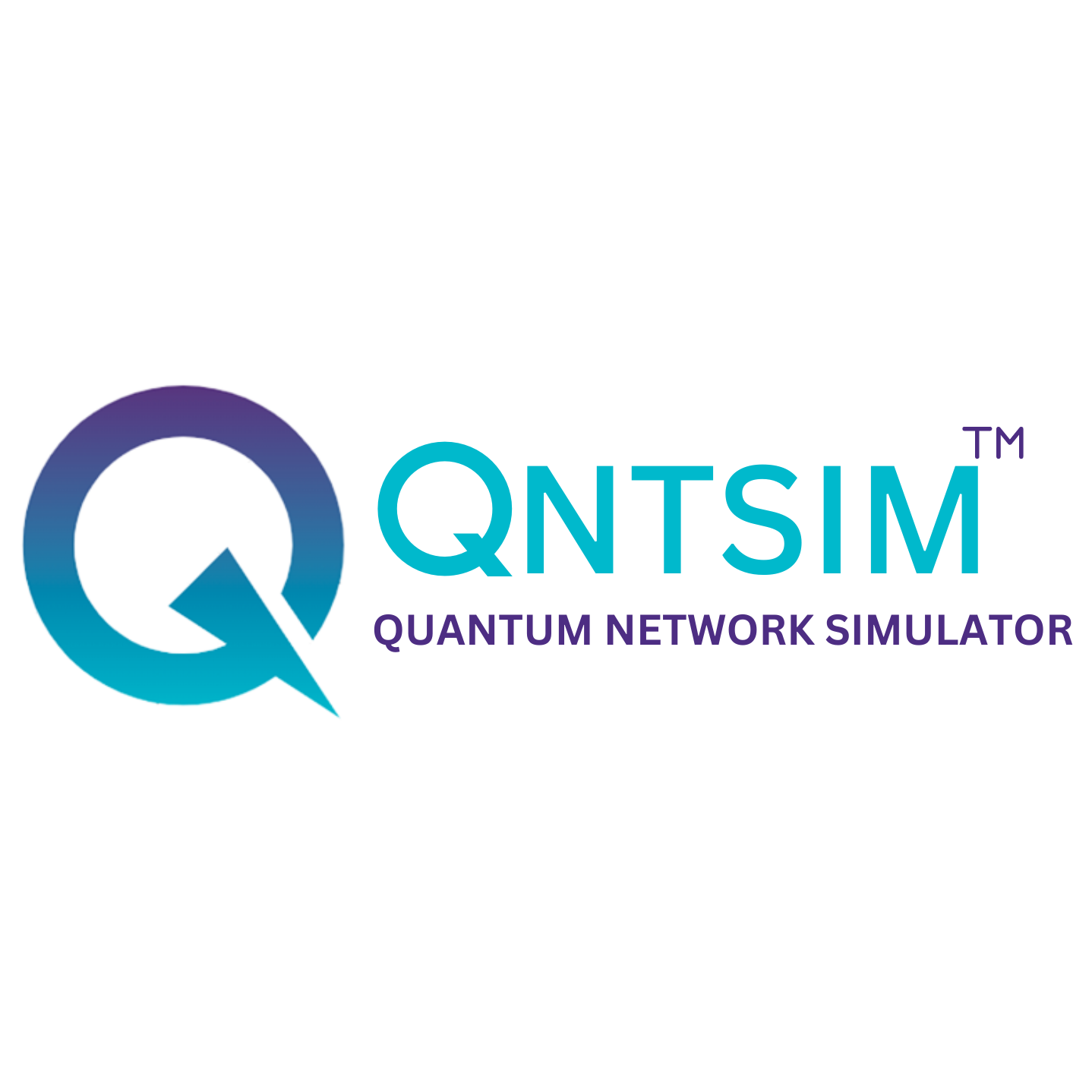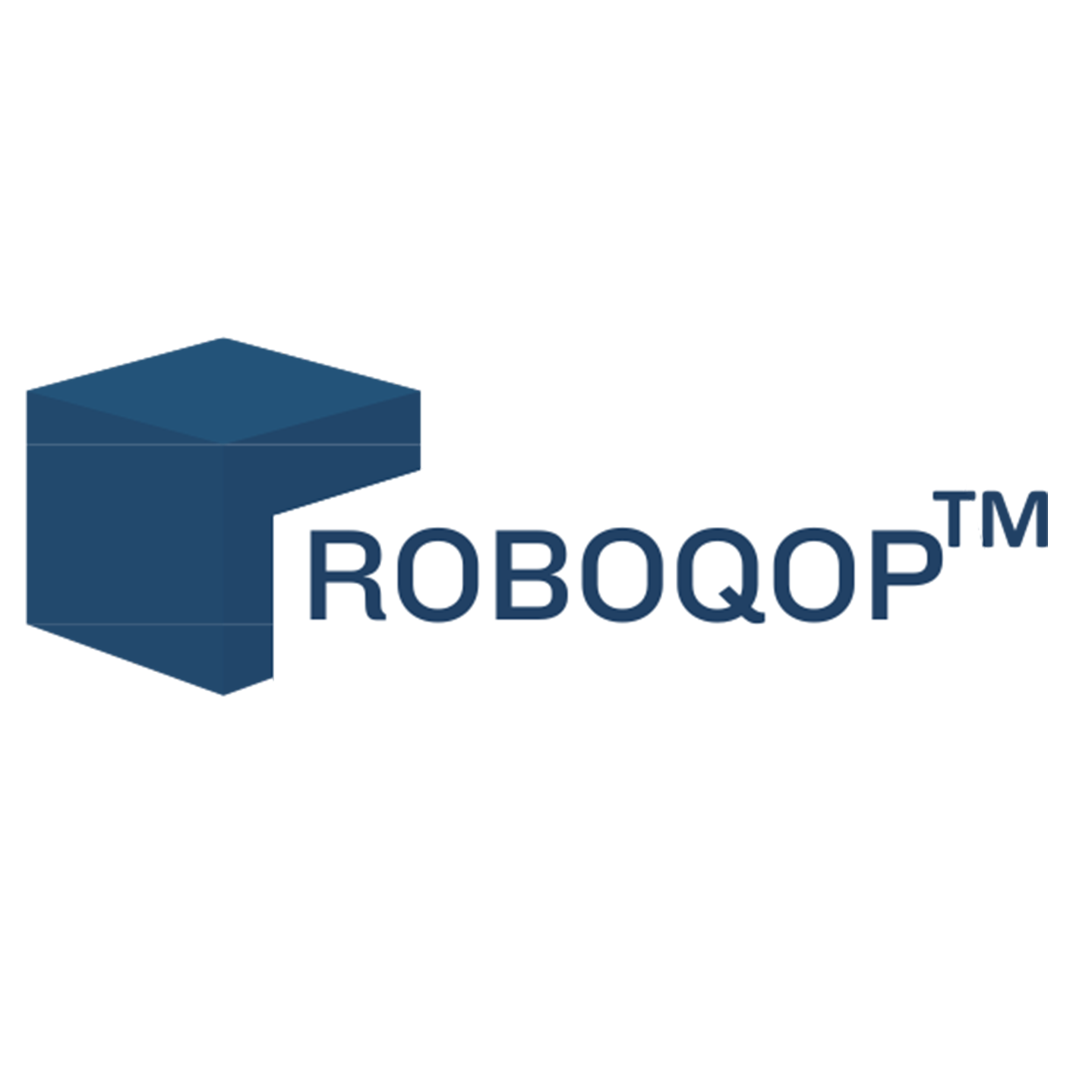At A Glance:
Storing the quantum data is the key need of every quantum technology like quantum communication,
quantum internet in multiple modules as quantum repeaters, routers.
Why Is It So Difficult:
Decoherence process, interference of environment of quantum data make it so delicate and
difficult to store for a long time.
What We Do:
We are working on the solution of quantum storage by quantum optics and spectroscopy using
theoretical and Mathematical modelling with the experimental realization of QM.
We have developed a complete simulation package of Electromagnetically Induced Transparency
(EIT) based QM, Atomic frequency comb (AFC) based QM.
Using that we can simulate the experimental condition of QM.
We are working on all the other QM protocols like Autler-Town Shifting (ATS) protocol, Control
reversible inhomogeneous broadening (CRIB), Gradient echo memory (GEM).
For overcoming the decoherence and noise effect we are using Dynamical Decoupling and ZEFOZ
Techniques.
Our plan is to make a complete quantum memory simulator that can simulate all kind of
experimental protocols of QM and predict the experimental results before-hand.
We are also working on the experimental realization of EIT and AFC-based QM in our Quantum
optics lab.
Quantum Memory:
Decoherence and degradations of quantum data facilitate only limited distance transmission.
Quantum repeaters are the key ingredients of the quantum internet for the distribution of
long-distance entanglement between two distant quantum nodes. To synchronize the quantum data,
in the BSM process, we need to store those multiple times in the form of quantum memory.
Quantum memories are the key need of every quantum technology. We are developing the theoretical
and experimental ground to test such quantum memories and their modifications based on the
present need for quantum technology.
Figure Ref: nature.com/articles/nphoton.2009.231
Essentially these are of two types.
Electromagnetically Induced Transparency (EIT) And Autler-Towns Splitting (ATS) Based Quantum
Memory:
EIT is the non-linear optical phenomenon that leads to an anomaly in the absorption profile of a
3-level atomic system like (Rb-vapour ensemble) in the presence of a strong control pulse
(pump). This makes a narrow transparency window in the medium, which can be broadened by tuning
the probe, (Autler-Towns Splitting). This makes the medium transparent for signal pulse (probe)
near the resonance frequency and lowered the group velocity of it. The narrow We are working on
quantum memory based on EIT-ATS protocols. We have developed the simulation of the mathematical
model, that is being tested in our quantum optics lab.
Figure Ref: nature.com/articles/nphoton.2009.231
Atomic Frequency Comb (AFC), CRIB/GEM Based Quantum Memory:
Echo-based quantum memory gets traction because of its capability to store multimode photonic
quantum data. By spectral hole burning and selective absorption techniques, an in homogeneously
broadened transition can be tuned in a comb-like structure, this can store multimode photonic
data,
which can retrieve in the form of coherent echoes. We have developed a complete simulation of
AFC,
CRIB/GEM-based quantum memory, which can predict the experimental results of such QMs. We are in
the
way of experimental realization of these protocols with telecom wavelength storage with
rare-earth
ion-doped material- Er3+: Y2SiO4. For the suppressing noise at spin-wave storage level we are
using
“Dynamical Decoupling” and ZEFOZ techniques.
Figure Ref: nature.com/articles/nphoton.2009.231
Quantum Internet And Communication:
In the direction of super secure quantum communication quantum networking is our focus of
research. Multiple areas in networking we are exploring based on the forefront of R&D
Quantum Internet: A Solution Stack
Quantum Routing:
Quantum routing is the most necessary part of the network layer in the whole quantum networking
stack. We have developed multiple routing algorithms for the quantum network, including
sequential and parallel servicing of the demands in a ‘Hierarchical routing protocol’. We have
also developed the “Shortcuts in quantum networks” using the pre-shared entanglement as the
‘virtual graph.’ We have predicted deadlock scenarios in parallel servicing of demands, and
their avoidance techniques with replenishment protocols.
Quantum Network Simulator:
We have tested our “Shortcuts in the quantum network" in an existing open-source discrete-event
simulator SeQueNCe by introducing some major changes in it. We observed the momentous decrement
in the average latency that is the end–to–end entanglement time between the source and
destination nodes in the quantum network.










